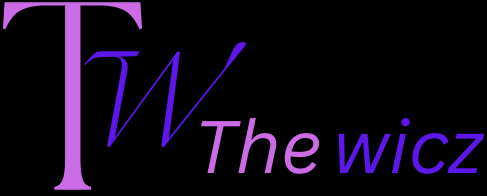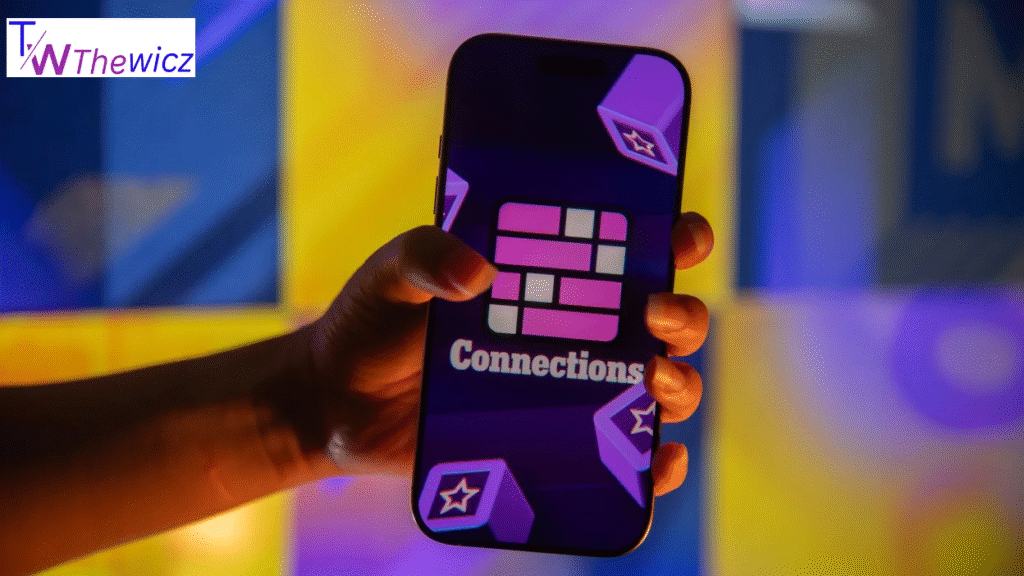In current years, puzzle culture has taken a huge bounce into the virtual world. Among the myriad of brainteasers and games dominating our monitors, “Connections” by way of The New York Times (NYT) has emerged as a popular and intriguing recreation that has sparked the interest of informal solvers and puzzle aficionados alike. With primary media structures like Mashable masking its evolution and effect, Connections NYT has grown into extra than just a game—it’s end up a cultural moment.
In this comprehensive article, we can discover what makes Connections NYT particular, how it gained prominence via systems like Mashable, the psychology behind its addictiveness, its effect on digital media and culture, and a lot more.
What is “Connections” with the aid of NYT?
A Brief Overview
Connections is a phrase association puzzle evolved and posted by way of The New York Times Games group. Unlike traditional crossword puzzles or word searches, Connections demanding situations users to pick out corporations of 4 words that share a commonplace subject matter. Each day by day puzzle consists of sixteen words, and the participant must deduce 4 correct agencies of 4 phrases every.
How to Play
You’re supplied with a 4×4 grid of sixteen phrases.
The goal is to institution them into 4 categories.
Each organization stocks a hidden connection (e.G., kinds of fish, names of planets, sports activities terminology).
You get four errors earlier than the game ends.
The categories are colour-coded via difficulty:
Yellow (easiest)
Green
Blue
Purple (hardest)
The Rise of NYT Games and the Popularity of “Connections”
The NYT’s Strategy with Games
The New York Times has lengthy been related to crosswords, but its digital enlargement saw an revolutionary push into more recent puzzle formats:
Wordle acquisition in 2022 proved wildly a success.
Spelling Bee and Mini Crossword received loyal followings.
Connections became launched in June 2023 and quickly have become a each day ritual for lots.
Mashable’s Involvement in Shaping Popularity
Connections NYT Mashable, a digital media platform known for its tech and subculture insurance, regularly features articles and publications about Connections. These consist of:
Daily recommendations and spoiler-unfastened clues.
In-depth puzzle breakdowns and answers.
Analysis of poser tendencies, class problem, and linguistic creativity.
This regular insurance helped raise Connections past the NYT app, sparking discussions on systems like Reddit, TikTok, and Twitter.
Why Is Connections So Addictive?
Psychological Factors
Connections taps into several cognitive and emotional triggers:
Pattern Recognition
Human brains are stressed to detect patterns, and Connections demands this skill. Grouping comparable phrases based totally on summary or lateral connections feels profitable.
Completion Satisfaction
The joy of fixing all 4 classes, specially the elusive crimson one, triggers dopamine launch, reinforcing the preference to play again.
Shared Struggle and Community
The puzzle encourages watercooler communicate. Players proportion their triumphs and close to misses online, growing a collective puzzle-fixing revel in.
Mashable’s Role in the Puzzle Ecosystem
Editorial Excellence
Mashable doesn’t just damage the puzzle; it guides and educates:
Hint-first content strategy: Offers help with out ruining the sport.
Engagement with target market: Readers often comment and share their reports.
Content diversification: Mashable additionally covers Wordle, Spelling Bee, and gaming information, attracting a puzzle-savvy target audience.
Search engine optimization Powerhouse
Mashable’s success in using visitors for NYT Connections recommendations and answers is likewise thanks to its SEO-optimized articles:
Well-timed publishing (simply after midnight drop of NYT puzzles).
Keyword-wealthy headlines (“NYT Connections guidelines and answers for [date]”).
Regular updates and dynamic content material to hold customers coming returned.
A Closer Look at Puzzle Construction
Behind the Scenes at NYT
The NYT Games crew employs professional puzzle constructors and editors to:
Develop themes and classes.
Test puzzles for problem balance.
Ensure linguistic diversity and cultural fairness.
Each puzzle must be tough but honest, various but intuitive—a balancing act of editorial genius.
Cultural and Educational Value
Beyond Entertainment
Connections serves as extra than only a hobby:
Vocabulary Building: Introduces gamers to new words and phrases.
Critical Thinking: Challenges logical deduction and lateral thinking.
Cultural Awareness: Themes might also relate to pop culture, records, science, or idioms.
Teachers and language coaches have started out the use of the sport as a school room hobby to stimulate engagement and getting to know.
Social Media and the Viral Nature of Connections
TikTok and YouTube
Creators have taken to TikTok and YouTube Shorts to movie their daily puzzle-solving. Popular tendencies consist of:
“Solving Connections in Under 2 Minutes”
“Guess the Purple Category Challenge”
Reaction movies to difficult puzzles
Reddit and Forums
The subreddit r/NYTConnections has grown step by step, supplying:
Daily dialogue threads
Meme content
Solver techniques
Community engagement has grew to become the sport into a residing, respiratory phenomenon.
Accessibility and UX Design
Where to Play
Available on NYT Games website
NYT Crossword app (iOS & Android)
Desktop and cell-pleasant UI
Design Features
Minimalist interface with clean visuals
Color-coded comments for easy knowledge
No time restrict, selling thoughtful play
Challenges and Criticism
Subjectivity of Categories
Some categories may be too summary (e.G., “Words That Sound Like Emotions”), which may also result in frustration.
Cultural Bias
While efforts are made to diversify puzzles, some references can also lean Western or American-centric, alienating worldwide players.
Spoilers
Mashable and comparable web sites walk a tightrope: imparting guidelines with out spoilers. However, competitive search engine marketing every now and then leads users to answers after they’re just searching out guidelines.
The Future of Connections NYT
Monetization Potential
NYT Games subscriptions are on the upward push.
Potential for Connections-themed products, books, or even board games.
Expansion of Puzzle Types
The NYT can also experiment with:
Timed variations of Connections
User-submitted puzzles
Themed weeks (pop culture, technology, etc.)
Increased Media Coverage
Mashable and competition will probable continue driving the wave, generating richer content like:
Interviews with puzzle creators
Data analysis of category difficulty
Puzzle-solving strategy publications
Conclusion
Connections NYT Mashable, boosted via the in-intensity, engaging coverage from Mashable, has redefined digital puzzle gaming. It’s more than a phrase game—it’s a each day ritual, a shared cultural revel in, and a party of linguistic creativity. The combination of smart design, social virality, and strategic media insurance has ensured that Connections will continue to be a staple in the each day behavior of tens of millions.
(FAQs)
What is Connections NYT?
Connections is a word puzzle from The New York Times wherein players group sixteen words into 4 classes based totally on hidden connections.
How frequently is Connections up to date?
The puzzle is up to date every day at nighttime nearby time, imparting a clean mission each day.
Is Connections free to play?
Yes, though after a positive wide variety of plays or on some structures, it may require a NYT Games subscription.
What makes Mashable’s coverage of Connections so popular?
Mashable offers spoiler-unfastened tips, clear formatting, every day updates, and deep perception into puzzle logic, making it a cross-to useful resource for many gamers.
Where can I find latest Connections pointers?
You can find them on Mashable’s Connections Hints web page, usually updated proper after midnight EST.
Is there a competitive model of Connections?
Not formally, however many players compare fixing times or venture each different thru social media structures like TikTok and Discord.


